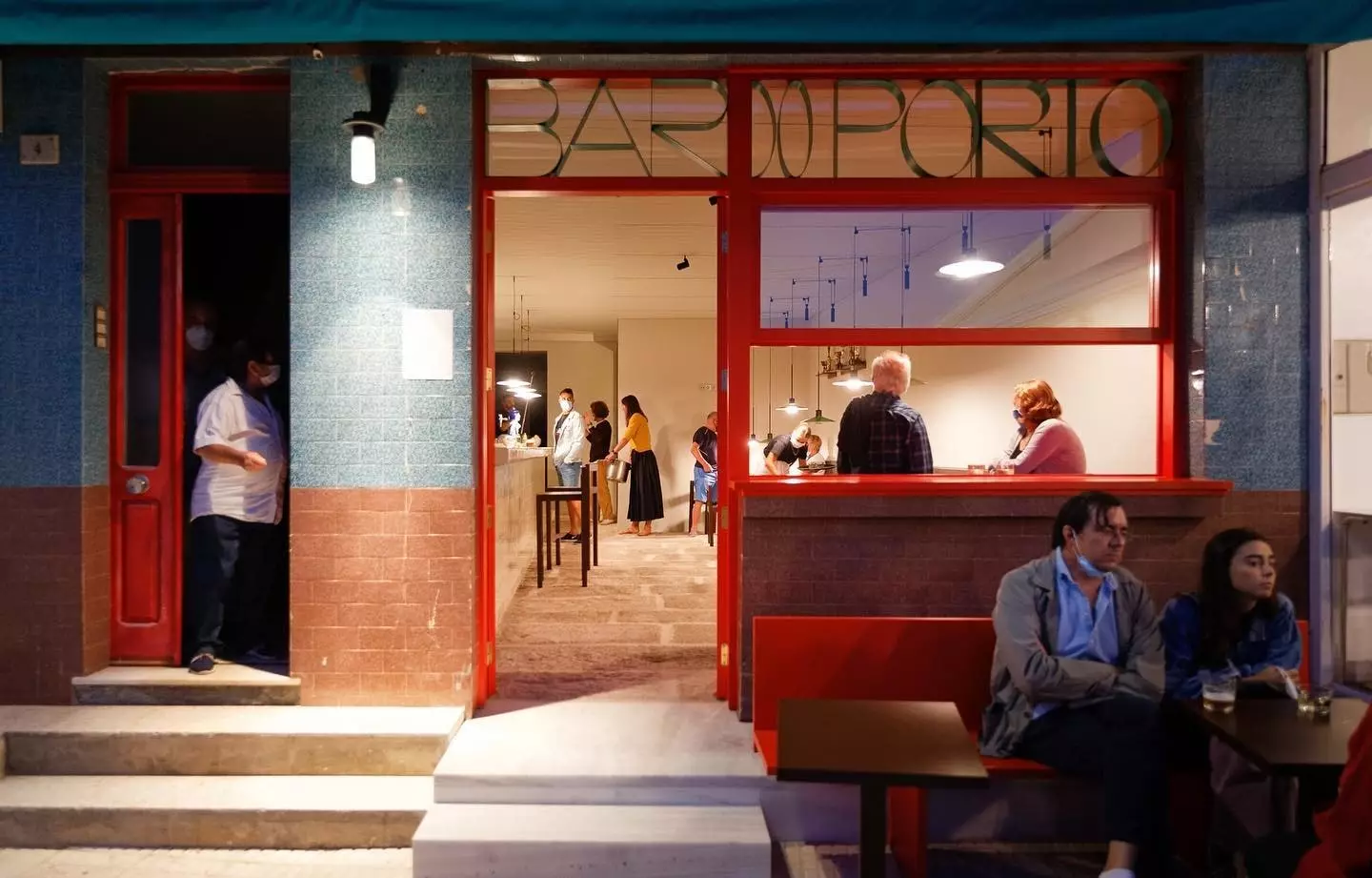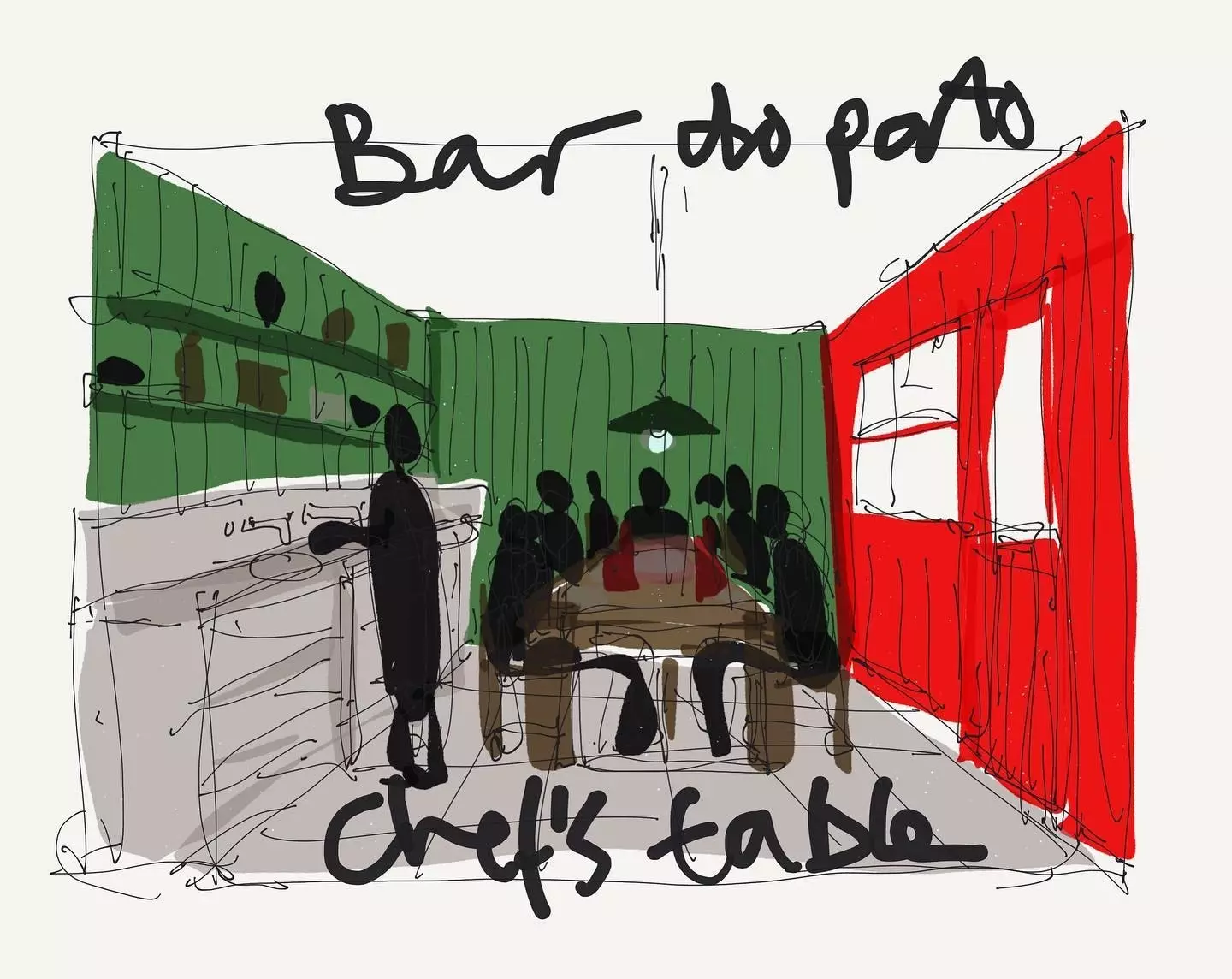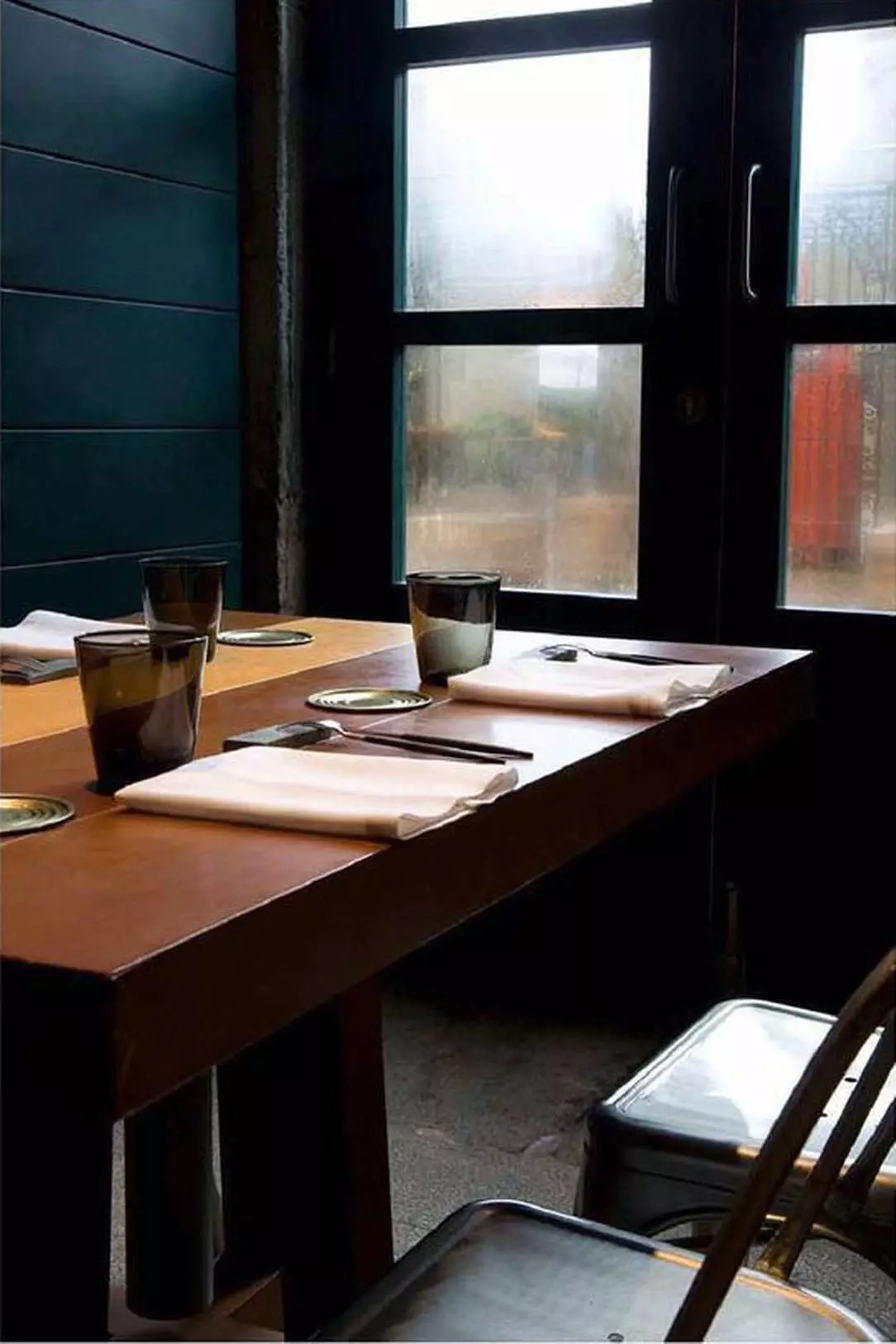
The bar that Chipperfield brought back to life after two decades empty is in Corrubedo
An Englishman and a Galician meet in Milan more than twenty years ago and start talking about their favorite vacation spots. The Englishman goes and tells the Galician that the south of Italy is the best, and the Galician tells him that, bah, for vacations the Atlantic, which is like in London, but with sun and a thousand devils heat. And they laugh and are so friends.
Months later the Englishman calls the Galician and tells him that he is going to see him in his land, and the Galician gets scared and tells him on the phone to forget it, that it had been a joke, that in Galicia there is not a drop of sun, that the closest thing is fog, and that we don't even talk about the heat anymore.
English appeared. And he liked it so much that he built a house for himself. And then he helped to better understand the shattered urbanism of the Gallic lands. And about three months ago he has restored a mythical bar in the town where he comes every summer to shelter from the noise caused by the world. To see the sea, to fish, to talk with family and friends. To live.
The Galician in this story is Manuel Gallego, and the Englishman, David Chipperfield. Two world-class architects talking about life and the use we give to the spaces where we live. Because, apart from complex narratives and cumbersome explanations, it is true that there are places where things seem to be where they should be, and the harmony they transmit leaves us with a well-being that, sometimes, is responsible for us asking for another round.

Architectural (and gastronomic) route through Galicia
The bar that Chipperfield brought back to life after two decades empty is called Bar do Porto (rúa Torreiro 4) and is in Corrubedo, in the province of A Coruña. The architect Sofía Blanco Santos, a native of Santiago , she was in charge of executing the work, recovering the red and green wood similar to the boats that can be seen from the premises, on the same ramp or in the sea.
Even the granite slabs on the floor have been restored. A bench that covers the entire wall on the right as you enter, and wooden chairs and tables. Like the usual taverns to have moments like never before.
And since you're bringing up the subject of places where you can be stunned looking at the walls and touching the materials with that face of having just come out of a Turkish bath, another one to take into account is the work designed by the architects Andrés Patiño Eirín and José Manuel Gallego Fernández in the Riquela (rúa do Preguntoiro 35, Santiago de Compostela).
Conceived as two rooms in one, this bar-concert hall has some woodwork that will make your eyes widen as soon as you approach the bar to order something.
Like a matryoshka, in the market square of Santiago, which is already a secret per se, there is another secret inside, which occupies several booths in the stone market. Supplies 2.0 It is an obligatory stop for visitors to the city who want to get carried away not only by gastronomy.
Carried out by the Nanube studio, with stone walls and wooden windows and gates, it integrates the different areas of the bar, the dining room and the terrace, maintaining the essence of a market stall.

Stone walls and wooden windows and gates in Abastos 2.0
In the Pontevedra town of Baiona, one of the secrets in terms of architectural innovation is in an ice cream parlor. In Bico of Xeado (Rúa Alférez Barreiro 4), the facade has been maintained as the original, to break the schemes as soon as you cross the threshold of the entrance.
Exposed stone wall, and wood forming thin beams –at sight they look like planks– with the iron sheets used. conceived by Faustino Patiño Cambeiro, Juan Ignacio Prieto López and Andrea Fernández Fernández , this place will make you stay a while to have an ice cream.
In Vigo, the Bardecó cafeteria (rúa de García Barbón 39) leaves the visitor with the feeling of being able to be in any city in the world.
Located in a rationalist building from the late 1930s with a certain art deco inspiration, the architects Jose Villace and Martin de Cominges they conceive an open space, in which the false ceilings were removed and the entire back of the space was used, as well as the pillars of the building, which are left exposed. The kitchen is in the middle and visible, and the L-shaped dining area has a very long continuous bench made of birch wood.
The Morrofino tavern (rúa Serafín Avendaño 4), run by the hands of the incredible Víctor Fernández, It is conceived as a unique place in which the interaction between cook and diner is complete.
The architects Iago Fernández Penedo and Óscar Fuertes Dopico renovated this place using a small brick wall as a backdrop for the dining room area, stainless steel for the work area and kitchen, and wood as an element of union with the client in the bar and tables, achieving a simple urban aesthetic, lasting over time, so that the true protagonist is the food.
And in A Coruna, the team that makes up SA Estudio He has carried out several projects in the city that are recognized not only –but also– for the good work of their chefs. We are talking about the Bocanegra (Riego de Agua 33) and the Miga (praza de España 7).
Both take advantage of the original walls of the structure, and they use construction materials to be seen such as ironwork that, in general, are usually covered.
In the Bocanegra, the central structure allows two different areas to be established, and serves as a bar, a rack for glasses and a bottle rack. At the Miga, what used to be the building's stables is now a set of intimate places where to taste the dishes of the great Adrian Felipe away from the madding crowd of the world.
